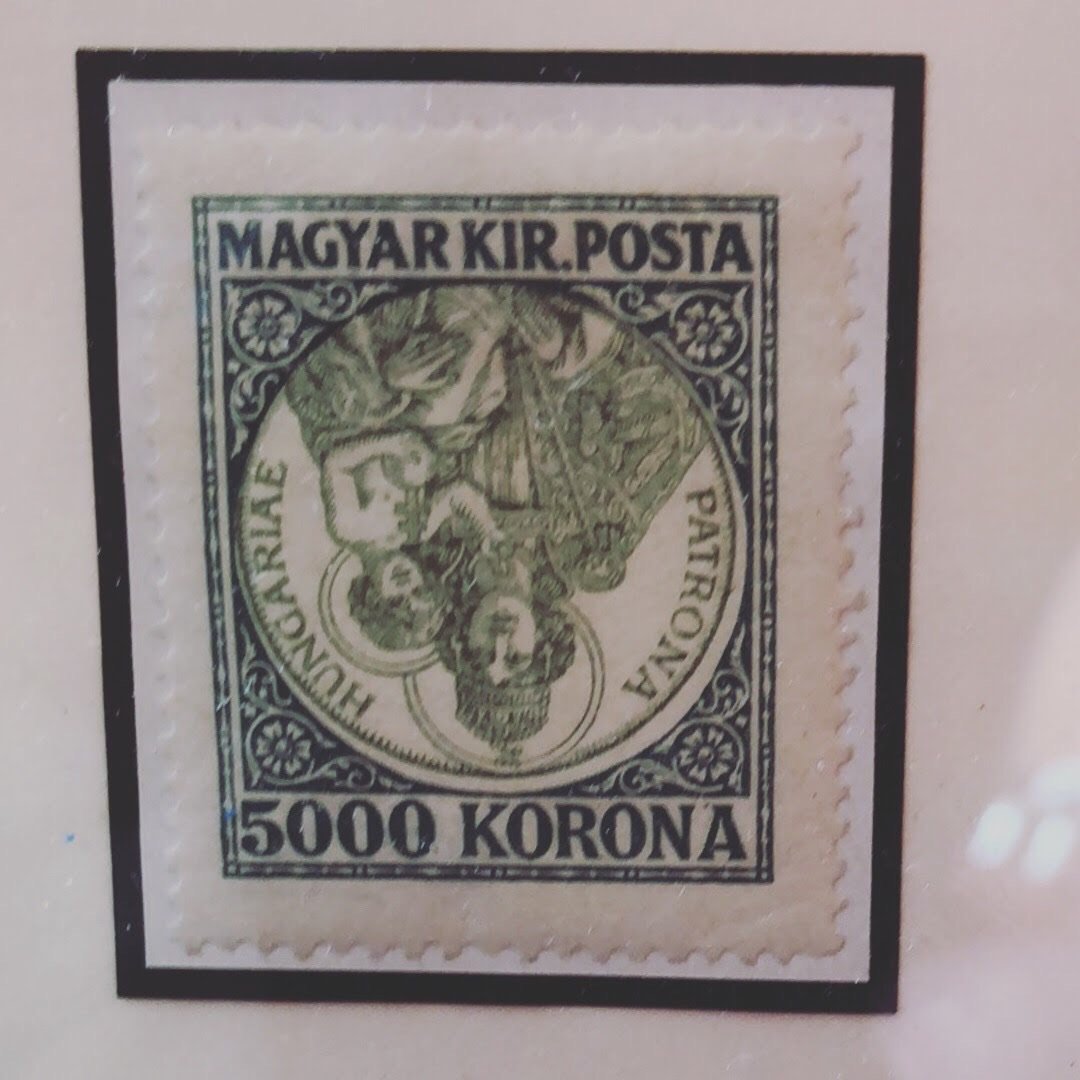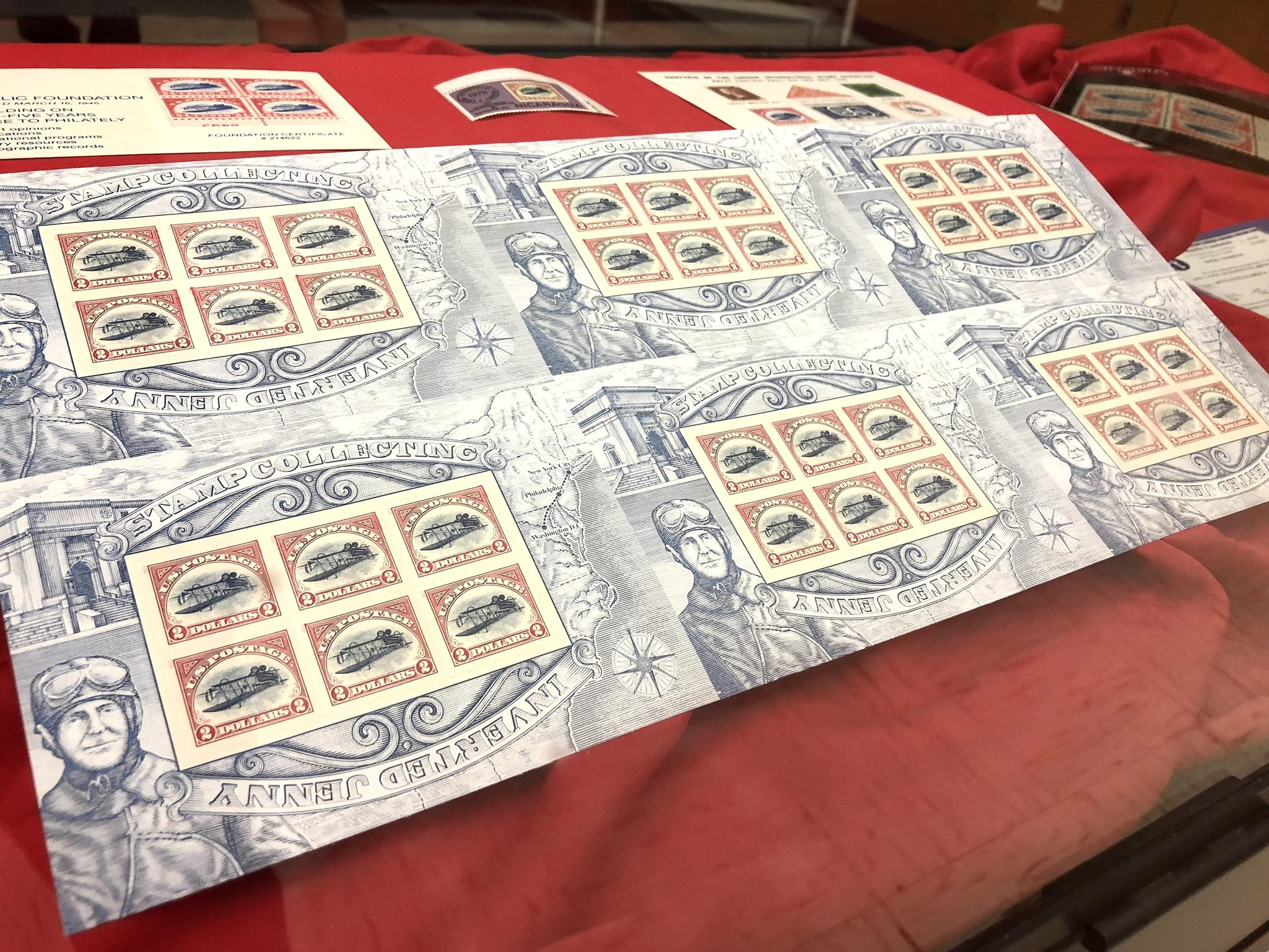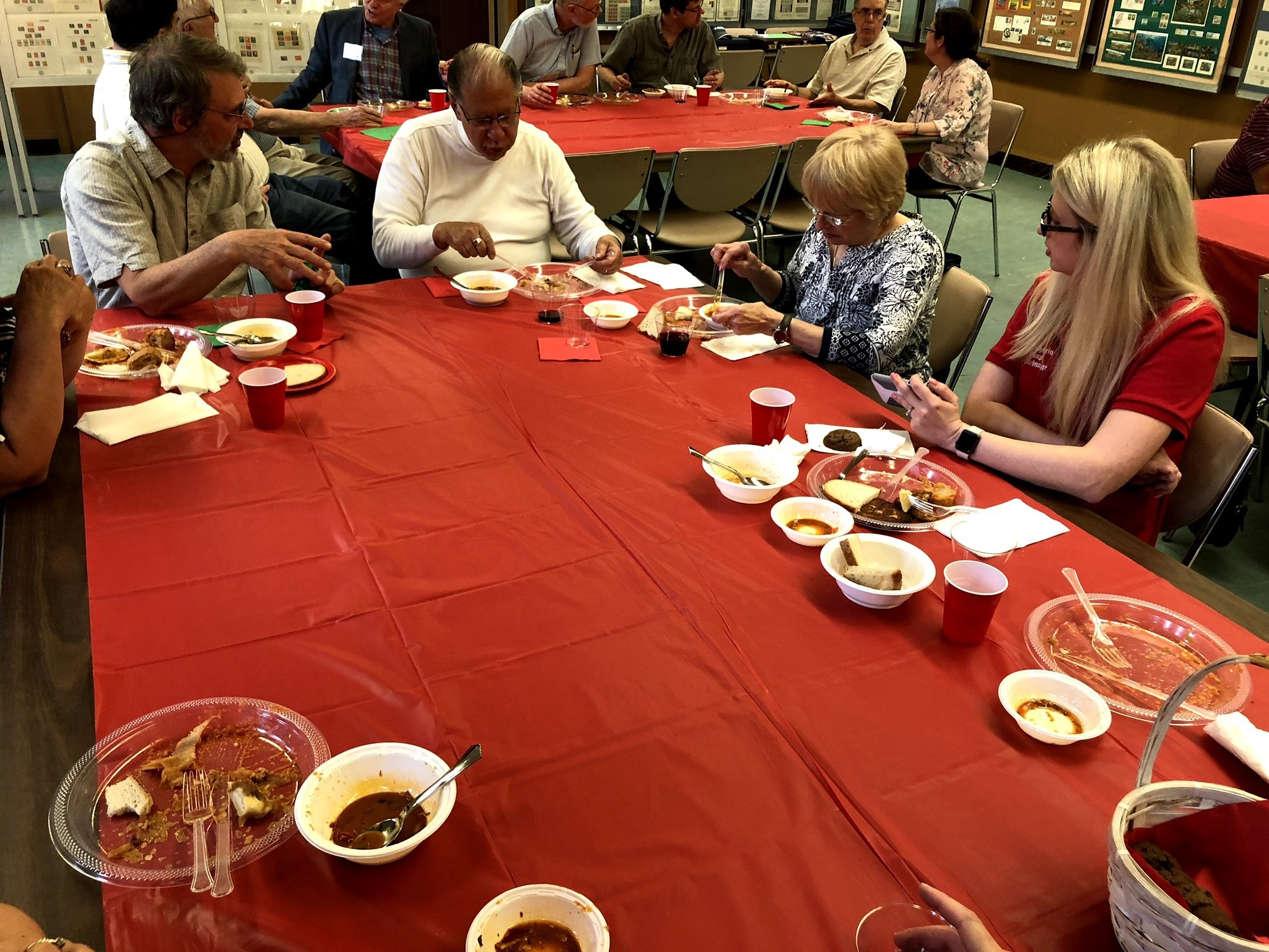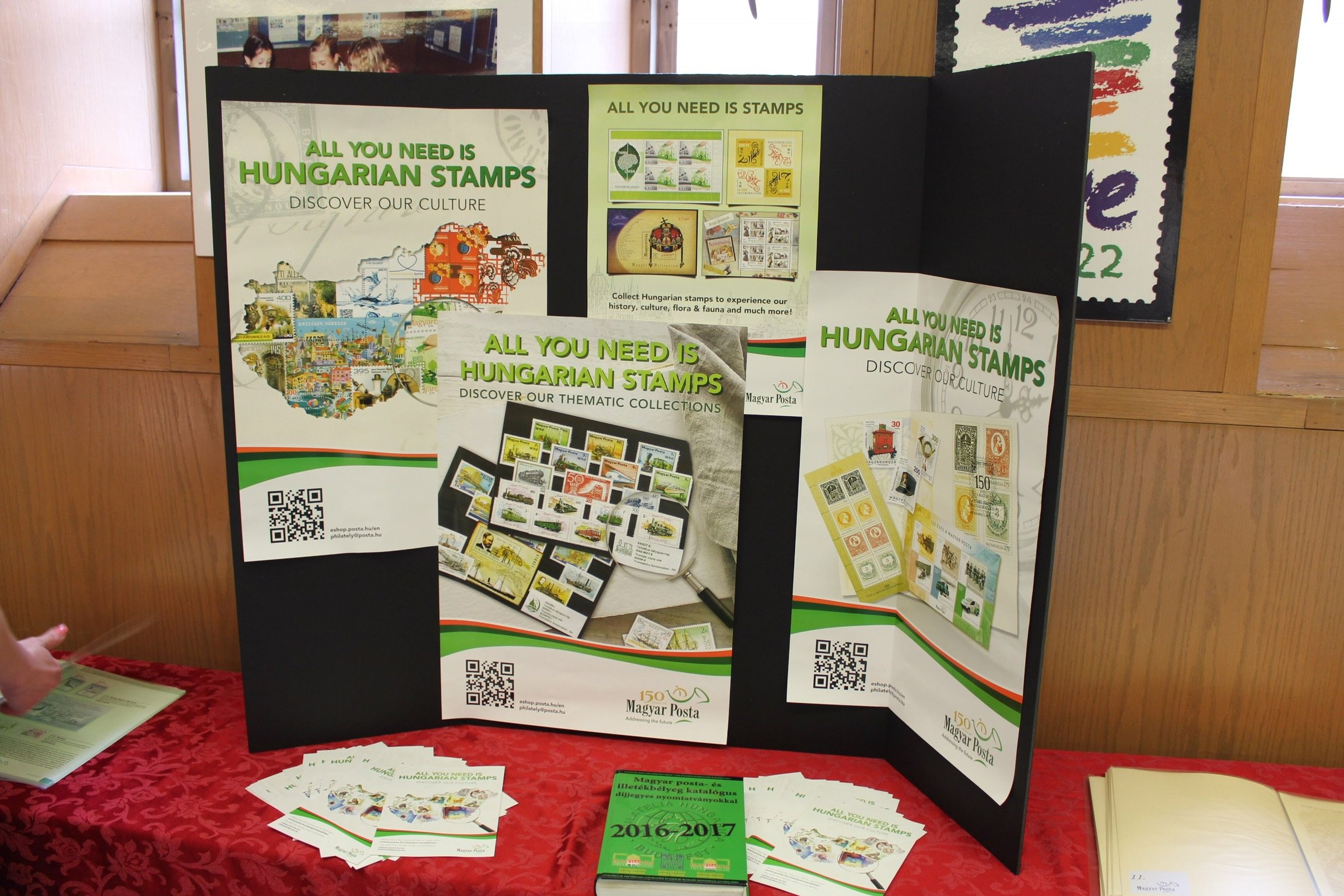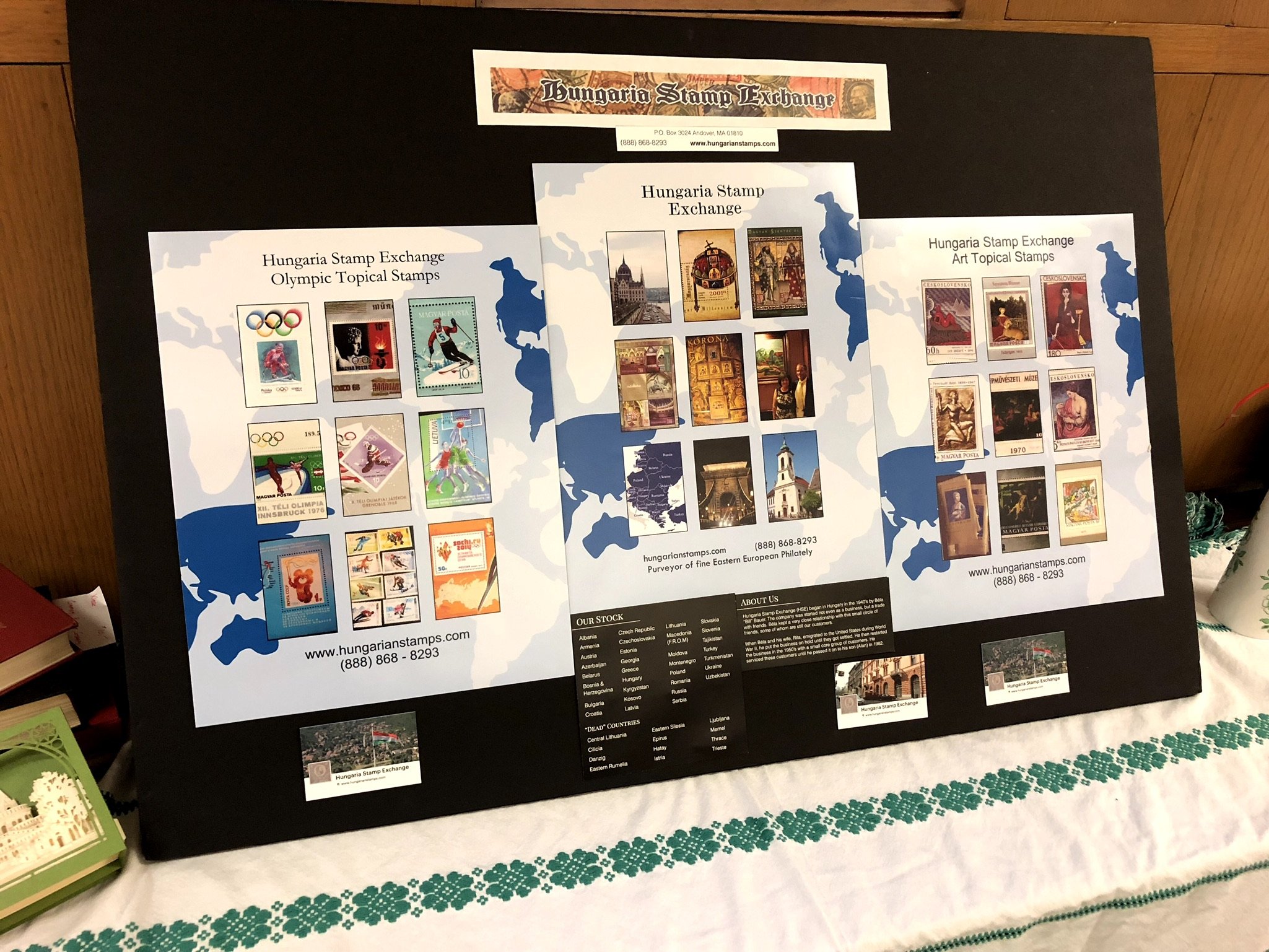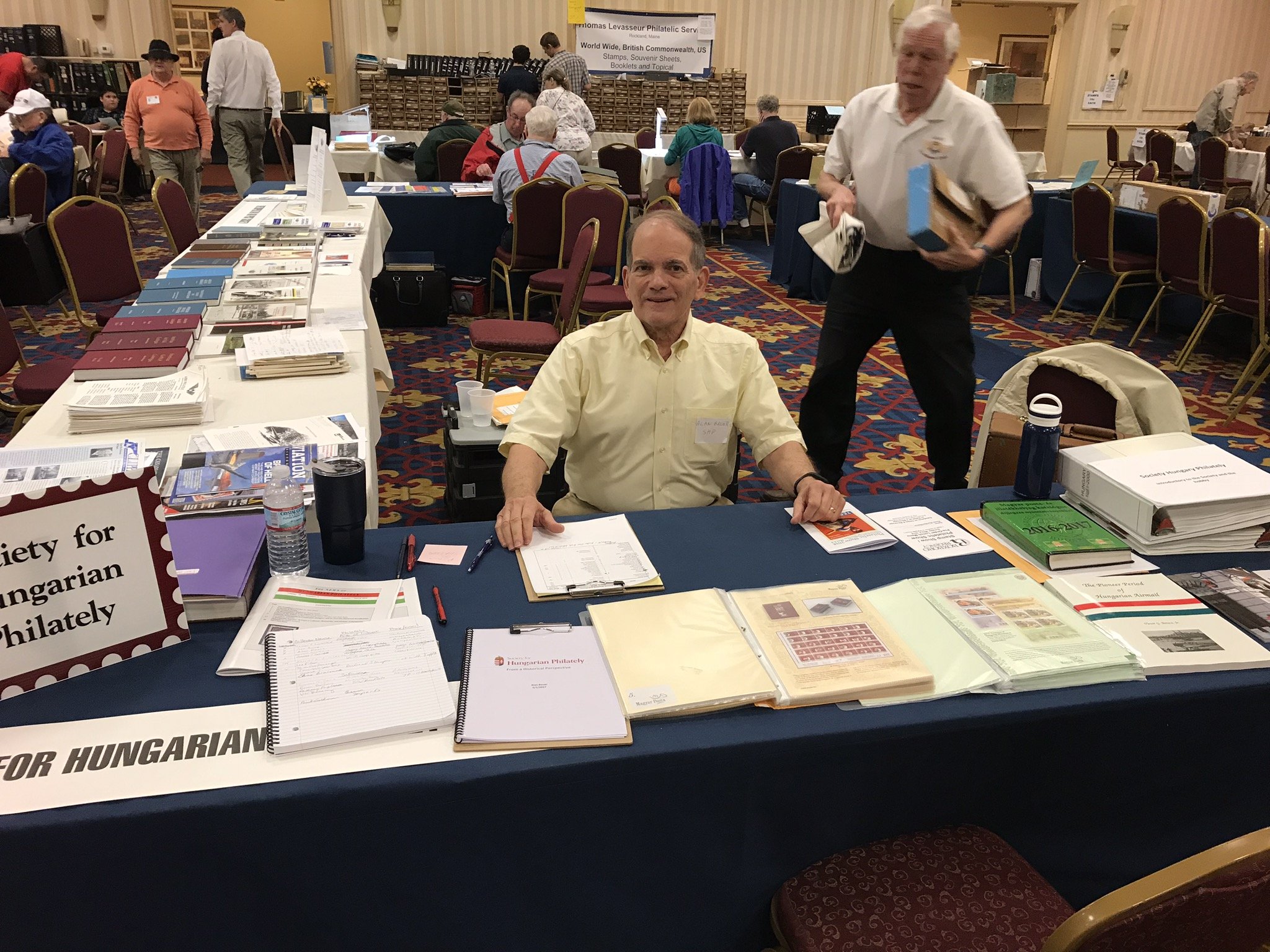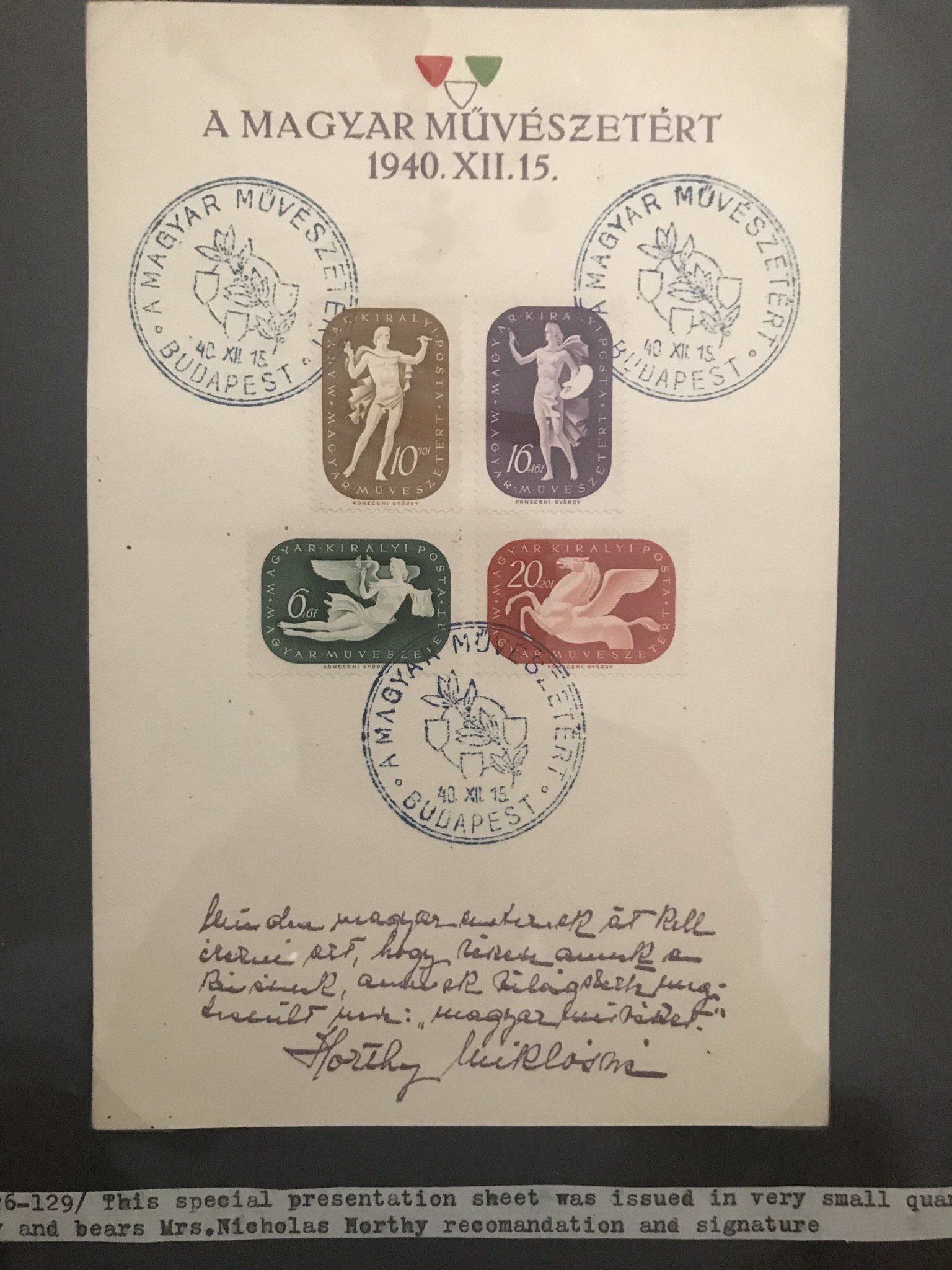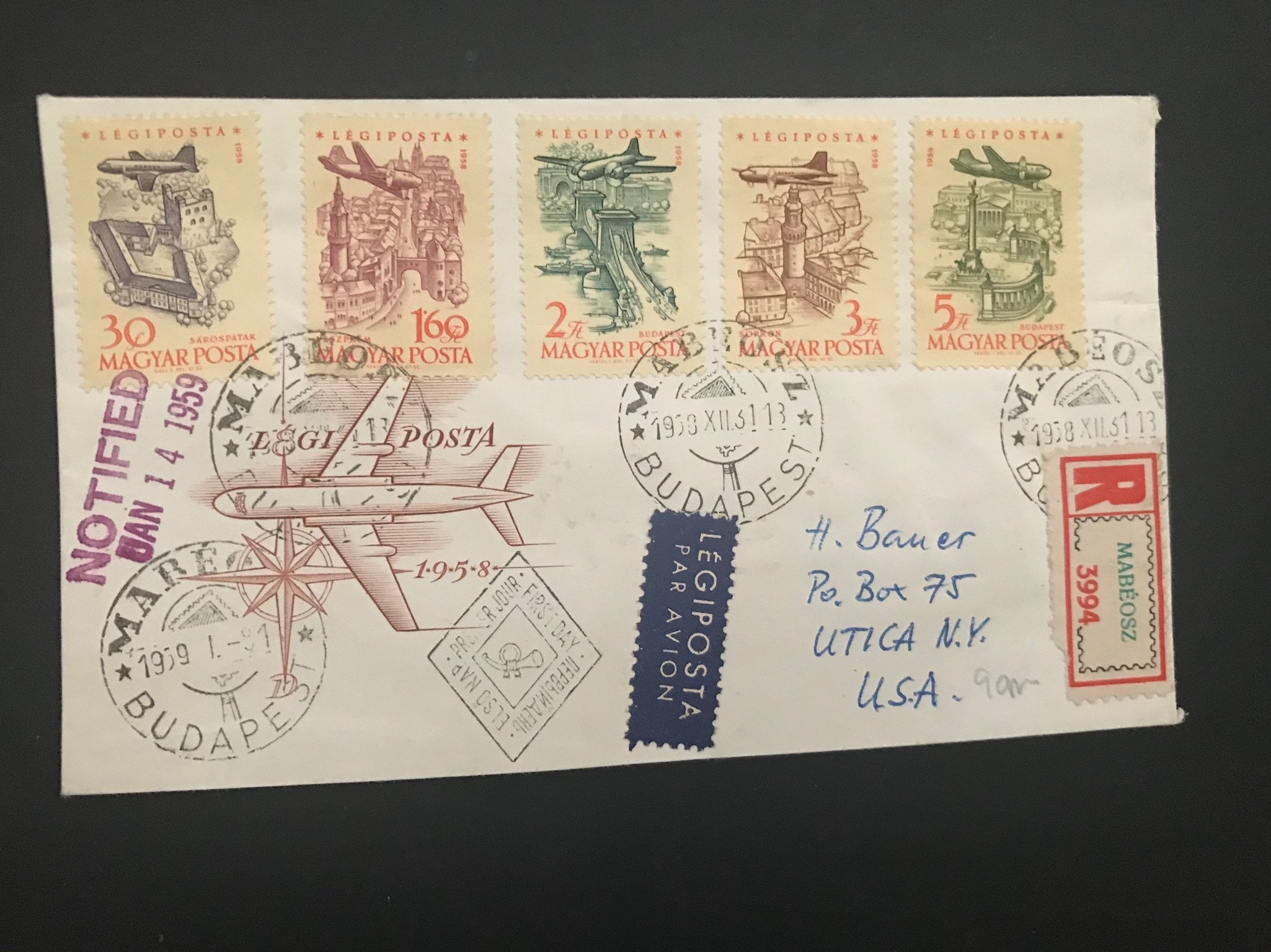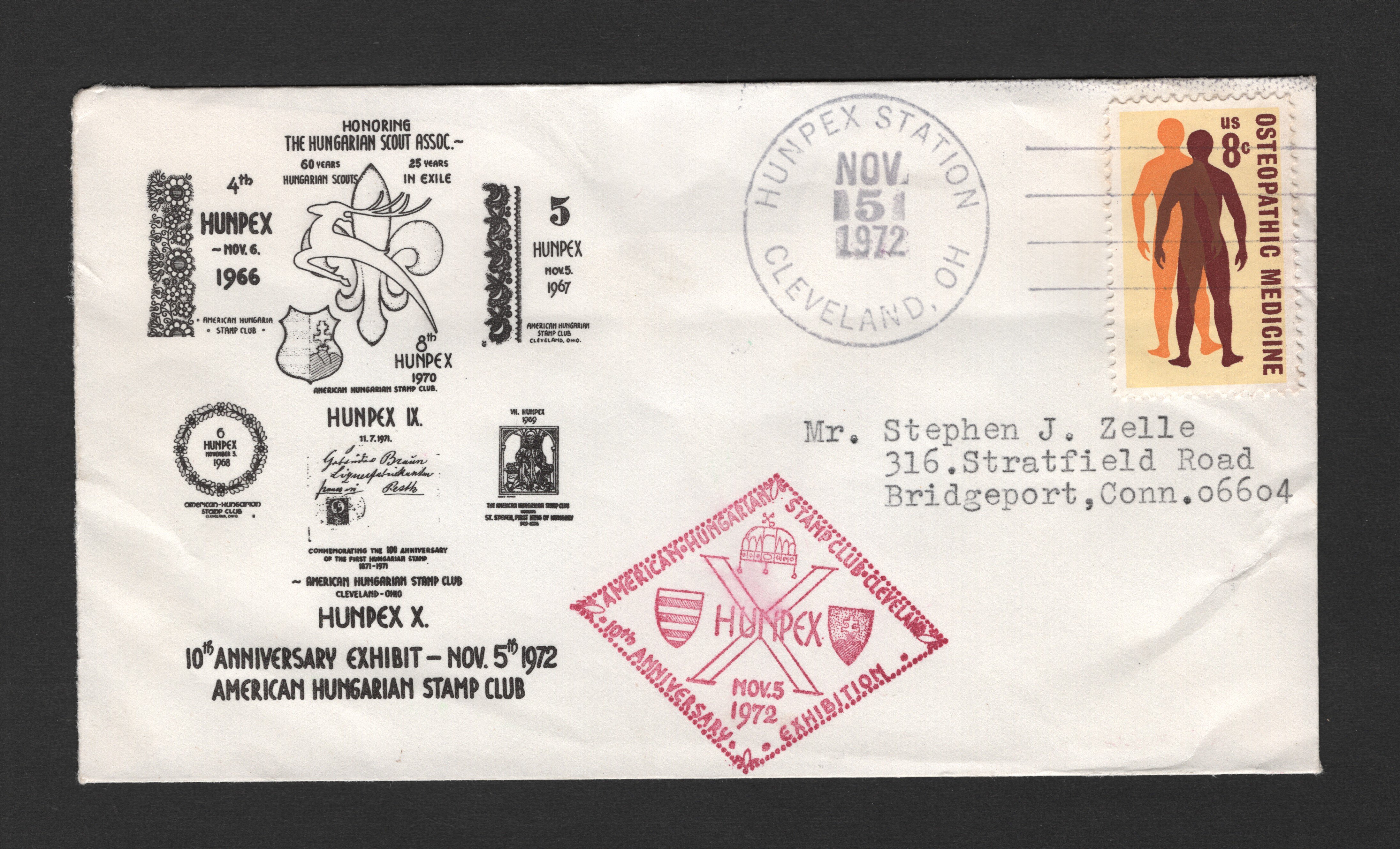Hello Friends and Philatelic Collectors,
Here in New England we are welcoming summer with our first heat wave of the season. So, what better time to take a pause and share some of our recent events and conversations.
In May, after Alan presided over the annual meeting of the Society for Hungarian Philately, the Hungaria Stamp Exchange team had the privilege of hosting a scrumptious Eastern European dinner for members of the Society for Hungarian Philately at the Cardinal Spellman Stamp Museum in Weston, Massachusetts. The staff of the Museum kindly offered their community room for the meeting and dinner as well as displaying many frames of their extensive Hungarian collection. The collection even includes a rare Inverted Madonna! Equally amazing was the special exhibit of the US Inverted Jenny that was open at the same time.

Hosts Diane and Alan 
Inverted Madonna from Cardinal Spellman 
Inverted Jenny Exhibit at the Cardinal Spelllman Museum 
Enjoying conversation & food 
Magyar Posta Display 
Hungaria Stamp Exchange Display 
Alan at New England Stamp Show 
Festive gathering of SHP members & guests
Thank you to Joe, Jeff & George for sharing their wonderful Museum with us.
The Philatelic Journey of Vic Berecz
Before the start of these festivities, Stacie and Diane had the privilege of interviewing Vic Berecz, an icon of Hungarian philately and one of the founders of the Society for Hungarian Philately. We are delighted to share with you here, highlights of Vic’s view on his specialty The Pioneer Period of Hungarian Airmails, his vision for the creation of the Society for Hungarian Philately and advice for collectors starting their philatelic journey.
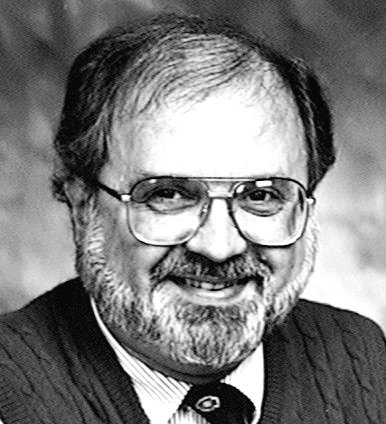
Philatelist & Author 1993
Our conversation with Vic started with a discussion of what motivated him to start collecting stamps. Vic’s immediate response was “I guess you are born to it”. Which explains how he started collecting as a young child because the process had meaning to him on a personal basis.
With his Mom working in an office that received international mail with interesting envelopes and stamps from all over the world, to his grandmother receiving family mail from Hungary in interesting envelopes that arrived at his house, this peaked his interest to get him started. Vic also shared his recollection of hunting the stamp counters of a major department store in New York City that housed significant stamp inventory which was enticingly displayed for all to see.
While Vic’s interest in philately waned during his teenage years it was rekindled by two events during his early adult years. The first was sparked by finding the fantasy postcard of Hungarian airflight titled Airships of the Year 2000 which was sent to his grandmother in 1901. The second was his employment at Sikorksy aircraft which kindled his interested in aviation.
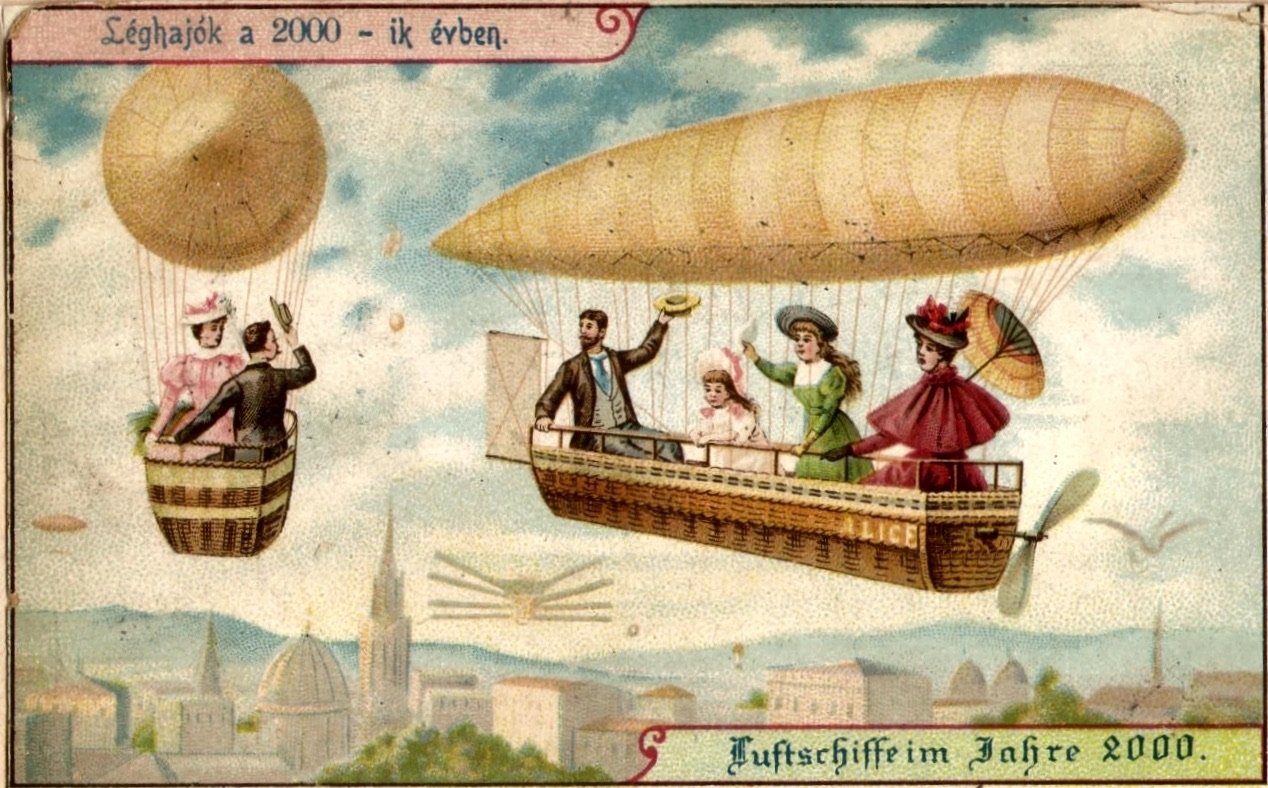
Courtesy of V. Berecz
Working at Sikorsky Aircraft in Stratford, Connecticut, when Igor Sikorsky was still connected to the company, provided Vic with the opportunity to speak with Mr. Sikorsky about the early beginning of aviation in Russia . Igor Sikorsky, prior to coming to the United States, invented the first four engine plane in Russia for Tsar Nicholas and later used by the Russian Army in WWl as a bomber. From this point forward, Vic was “hooked” on the topic of Hungarian airmails and continued on this path for his philatelic journey for the next thirty years.
Vic shared with us the importance of having a mentor to guide and help collectors. He credits Otto Shaffling, with being the foremost Hungarian philatelist in the United States in the 1950’s and 1960’s. Not only was Otto Vic’s mentor but he was a mentor to the fledging organization which Vic had just founded, the Society for Hungarian Philately. As Vic and Otto helped the Society for Hungarian Philately grow from a fledgling organization to an incorporated non-profit organization with regional then national membership, the Society itself become a resource to members with the publication of a significant quarterly journal, and an annual meeting for members to both exchange philatelic news, socialize and to exhibit what became award winning contributions. Vic also attributes the growth of his collection to Hungarian specialty stamp dealers including our own Bela Bauer of the Hungaria Stamp Exchange and to exchanges with other collectors. Exchange with another collector in Europe provided Vic with the opportunity to add pre WWI balloon mail including the unique 1871 Siege of Paris balloon post addressed to Hungary.
Vic articulated his growth as a philatelist; as an award winning exhibitor, as author of a monograph on The Pioneer Period of Hungarian Airmails and as an editor of the Society for Hungarian Philately journal. He also expanded his collection by expanding the definition of the Pioneer Period from 1871 to 1946, the time of hyper-inflation in Hungary including mail to Hungary as well as mail from Hungary in his airmail definition. Included in this airmail from Hungary are uniquely rare mail that was driven from Budapest to Prague, then flown out by Pan American Airlines to keep the mail lines of communication open during the early Soviet Occupation of Hungary. The final void that Vic filled in his collection was the acquisition of a (Otto Shaffling’s) unique extensive Zeppelin collection . Vic continued his philatelic journey in the 1980’s and early 1990’s by exhibiting his collection and achieving many Gold awards including one at Budapest’s 60th National Stamp Day Exhibit in 1987. Vic Berecz’s Hungarian airmail collection had now been recognized as one of the most respected in the world!
Having achieved such a significant accomplishment what was next for Vic? He chose to document the collection, write a book on Hungarian airmail entitled The Pioneer Period of Hungarian Airmail and then sell his collection. His long dormant United States collection he gifted to his grandson. Our closing question we posed to Vic, now an “elder statesman” of Hungarian airmail collecting, is “what advice would you give to the next generation to encourage them to get involved with stamp collecting?” Vic thinks there should be an inherent interest in geography and history which could blossom with the collecting of postal history. And, if possible have those pieces of postal history tie to their personal history. Vic went on to share some thoughts about the shifting political borders in Hungary with Transylvania and parts of Slovakia previously being part of Hungary and now are separate. He also shared his family connection to the city of Szeged in the south of Hungary just across the Tisza River from Serbia.Final thoughts in closing our conversation with Vic is to encourage collecting postal history, which brings meaning to the “where and why” of events and puts stamps within that enduring meaningful context.
Postal History from the Hungaria Stamp Exchange
We hope that you enjoy the highlights of our discussions with Vic Berecz. In closing out this HSE Summer Newsletter we offer you a collage of some postal history from the Hungaria Stamp Exchange for your viewing pleasure..
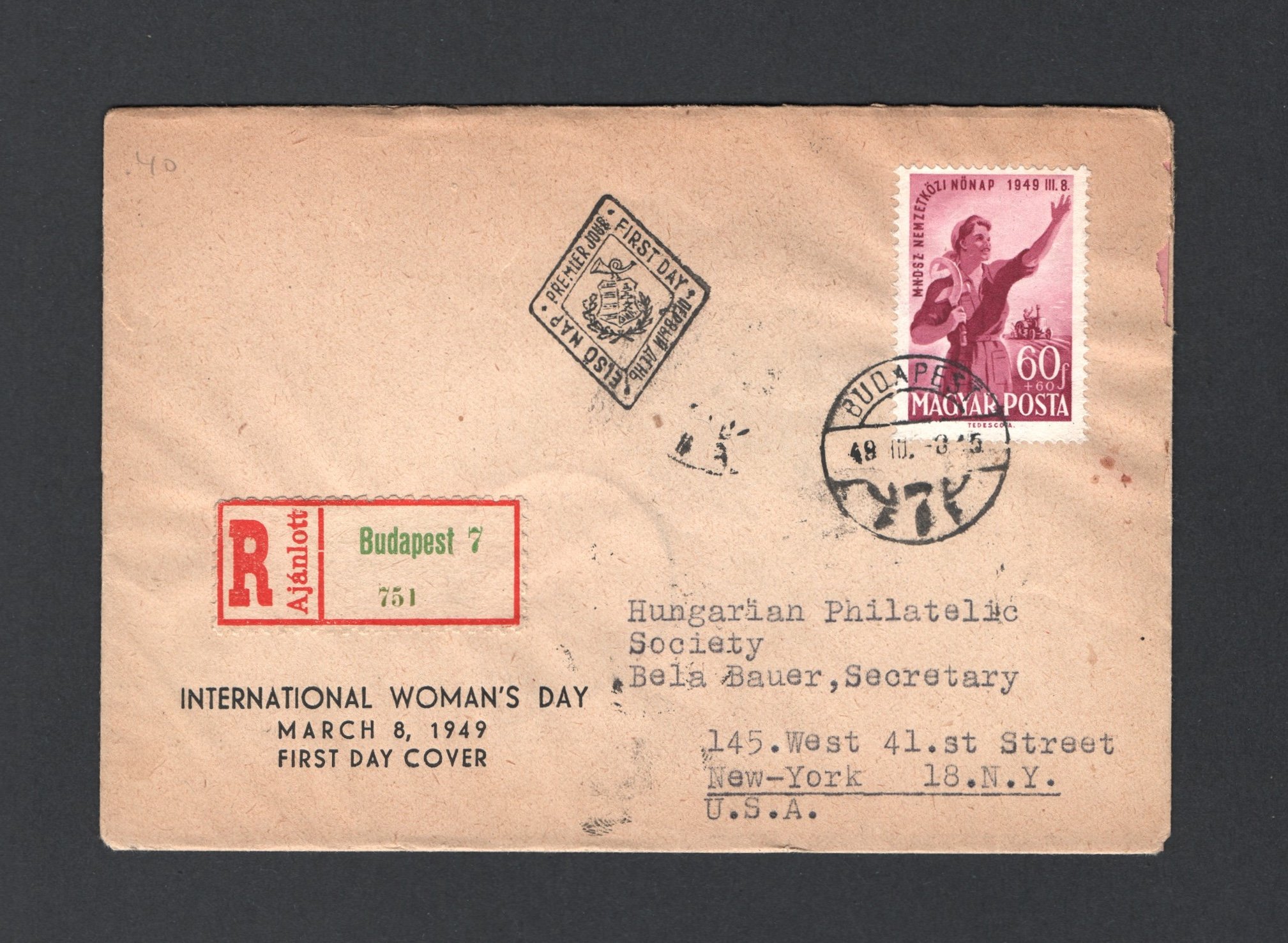
courtesy Bauer Family Trust Archives
Enjoy your summer holidays with family, friends and enjoying your own philatelic journey!
Diane & Stacie

